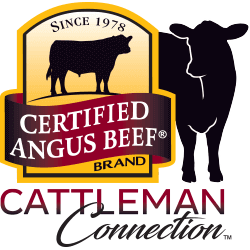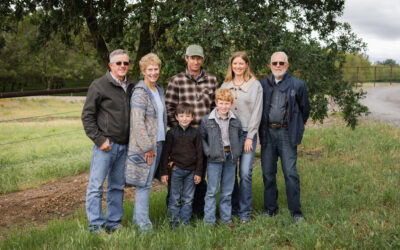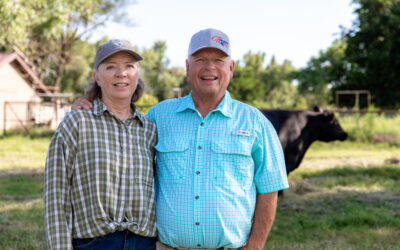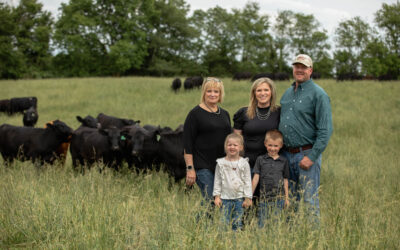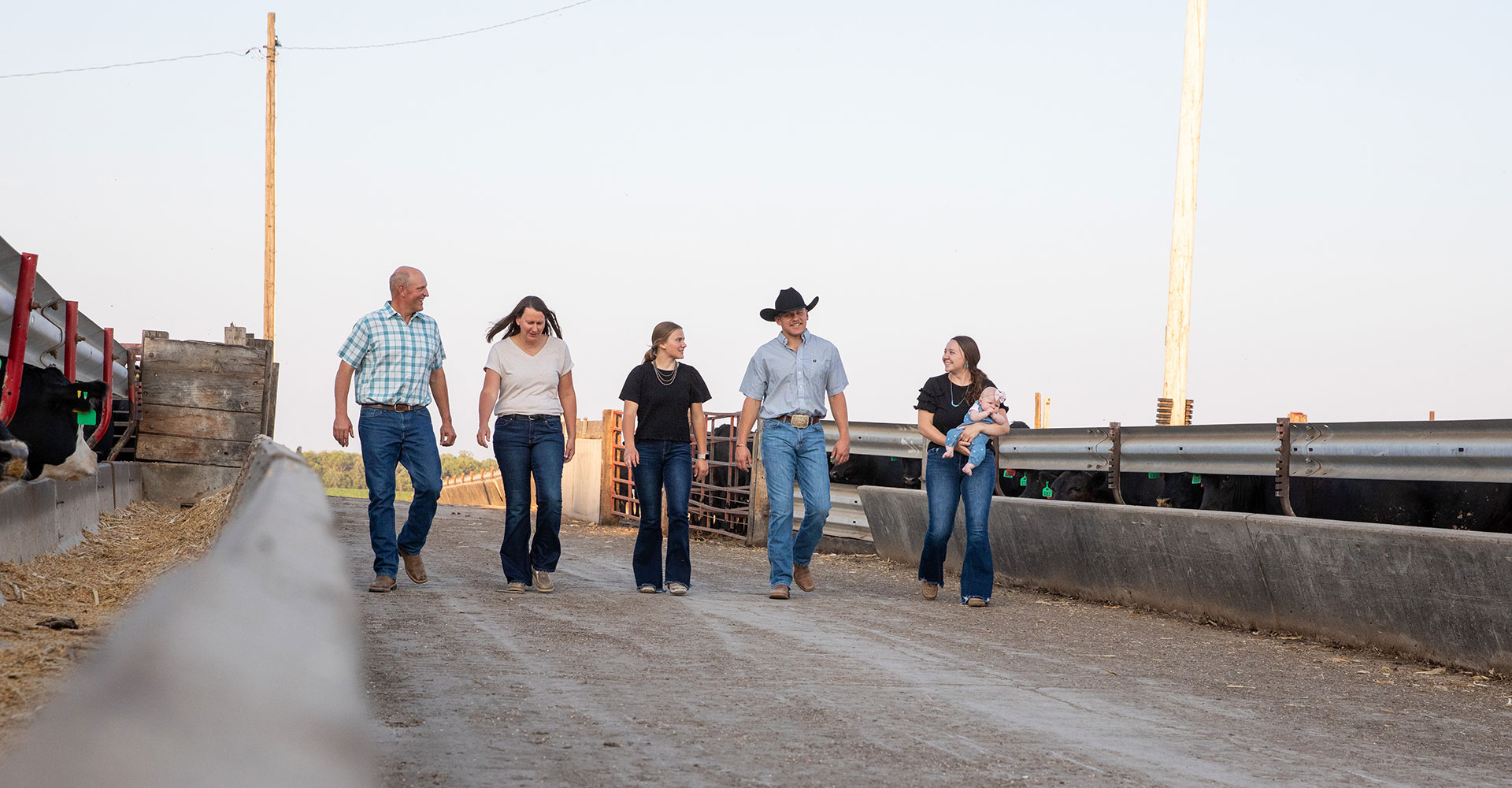
System Over Scale
Minnesota cattle feeder earns 2025 Certified Angus Beef Feedyard Commitment to Excellence Award.
By Kylee Sellnow
October 2025
For Dallas Knobloch, it’s not about being the biggest feedyard—it’s about building a high-quality system that works.
After custom feeding cattle with his father, Larry, for decades Dallas and wife Amy took the giant step of downsizing to gain focus. They proved attention to details, relationships and quality can outperform scale.
In the last decade, Amy quit her 18-year banking career to come home, just as their son and daughter, Tory and Claire, were growing up and interested in the farm.
“That’s really when we were able to start focusing on the details, streamline our process and start to move forward again,” says Dallas.
Today, with Tory’s wife Sadie and daughter Ivy, the Knobloch family owns and operates 4K Cattle. They feed 2,500 cattle at eight locations within 10 miles of home, manage 1,000 acres of crops and run a 125-head cow herd, all near Hills, Minn. You can almost see Iowa and South Dakota from there.
Their successful reinvention and networking from packer to ranching customers earned the Knobloch family the 2025 Certified Angus Beef (CAB) Feedyard Commitment to Excellence Award.
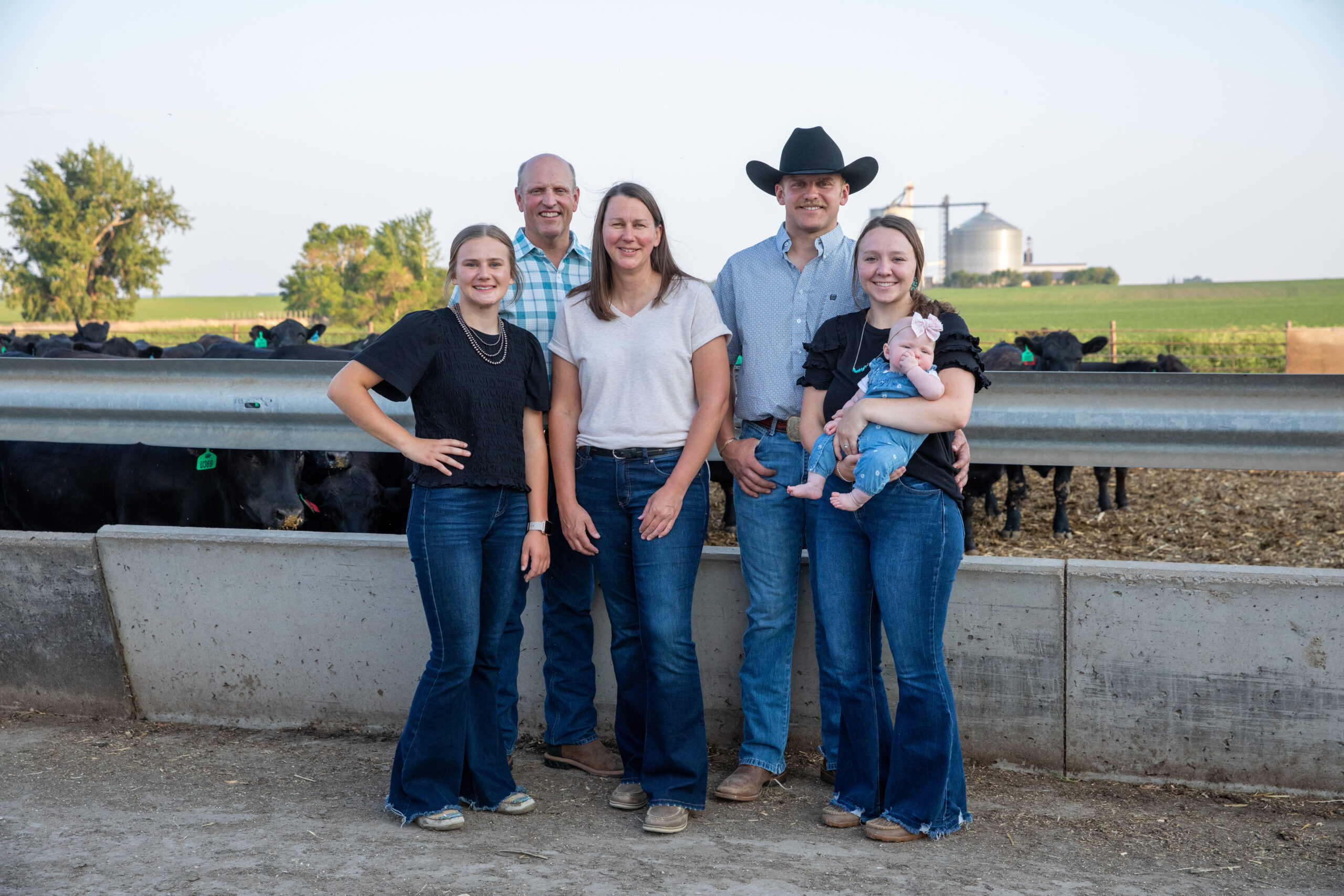
(left to right) Claire, Dallas Amy Knobloch, Tory, Sadie, Ivy Knobloch
Details Add Up
When Amy came back to help, Dallas grew the cow herd to finish their own calves and began managing other small yards nearby. Partnering with everyone involved, he looked for consistency in his pens and focused on details to improve results.
“To really make it work, to be sustainable and to pass this to the next generation, you have to hone in on those details,” he says. “Timing and quality of feed, shrink, genetics, herd health—it all adds up.”
When they started marketing through Upper Iowa Beef in 2020, Dallas realized he could play a critical role in adding value through the entire supply chain.
Targeting CAB was the first step to capturing those few extra dollars.
He built relationships across the cattle feeding system, from neighbors to ranchers to packers like Upper Iowa Beef.
Buying calves directly from Dakota ranches has been a game-changer, and it began with cultivating connections with Angus seedstock producers at the turn in the market in 2020. They saw a way to boost calf demand for their bull customers and save everyone time and money.
“In today’s weight market, there’s $50 to $100 per head difference between the producer and me,” Dallas explains. “So if you figure he loads them up, hauls them to the barn, he’s got shrink, commission, and to pay for his trucking to the sale barn. Then they run around, shrink a little more, I pay commission. One day I added it up—I was paying over $50,000 just in commission.”
On top of that, not knowing the management on those cattle made for a herd health battleground.
So, direct they went.
“When the market is really low, I take those 50 to 70 bucks and give them to the rancher,” Dallas says. Lately though, strong relationships have turned the other way. Ranchers have let 4K Cattle hold onto the margin, happy with a handshake that he’ll return next year.
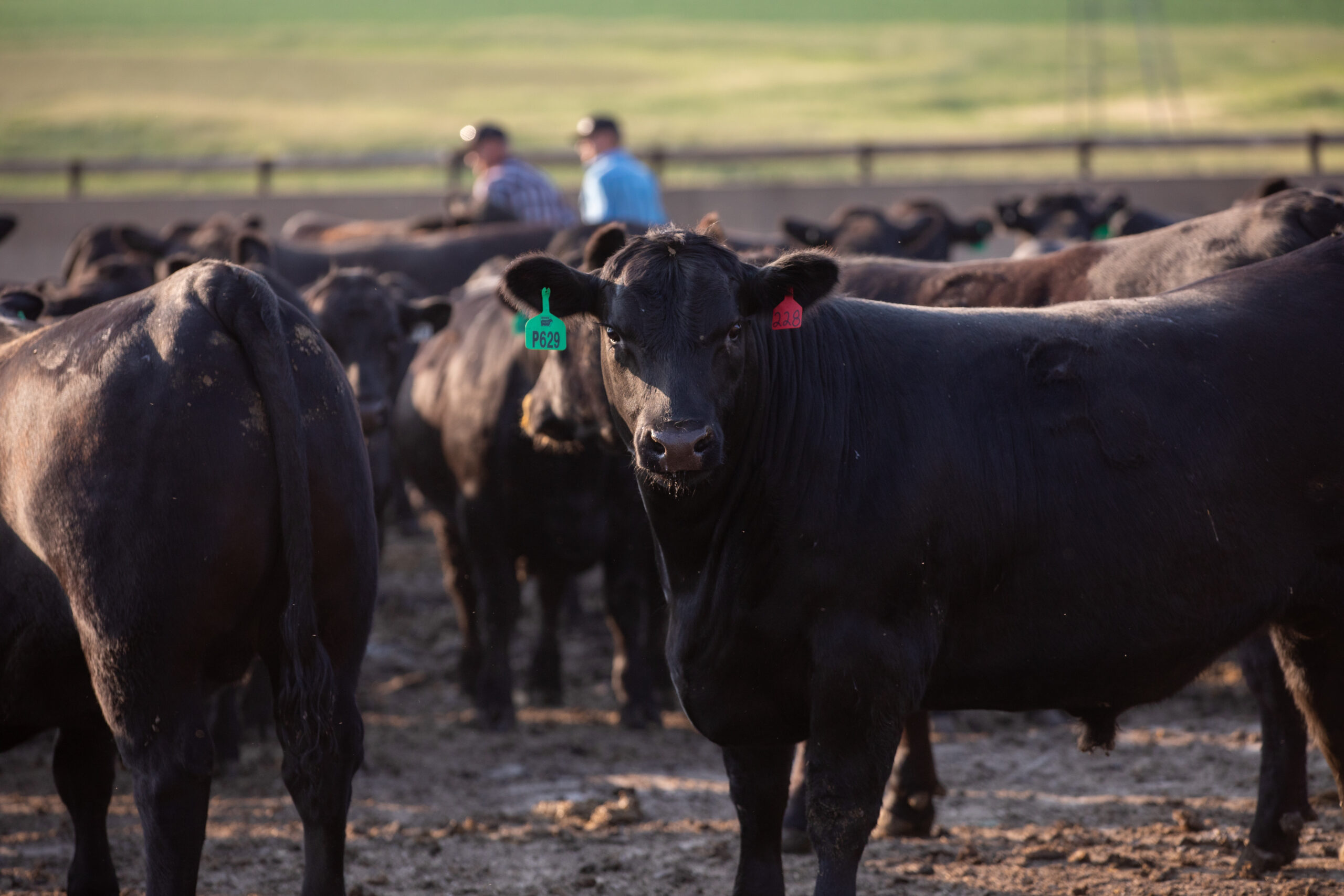
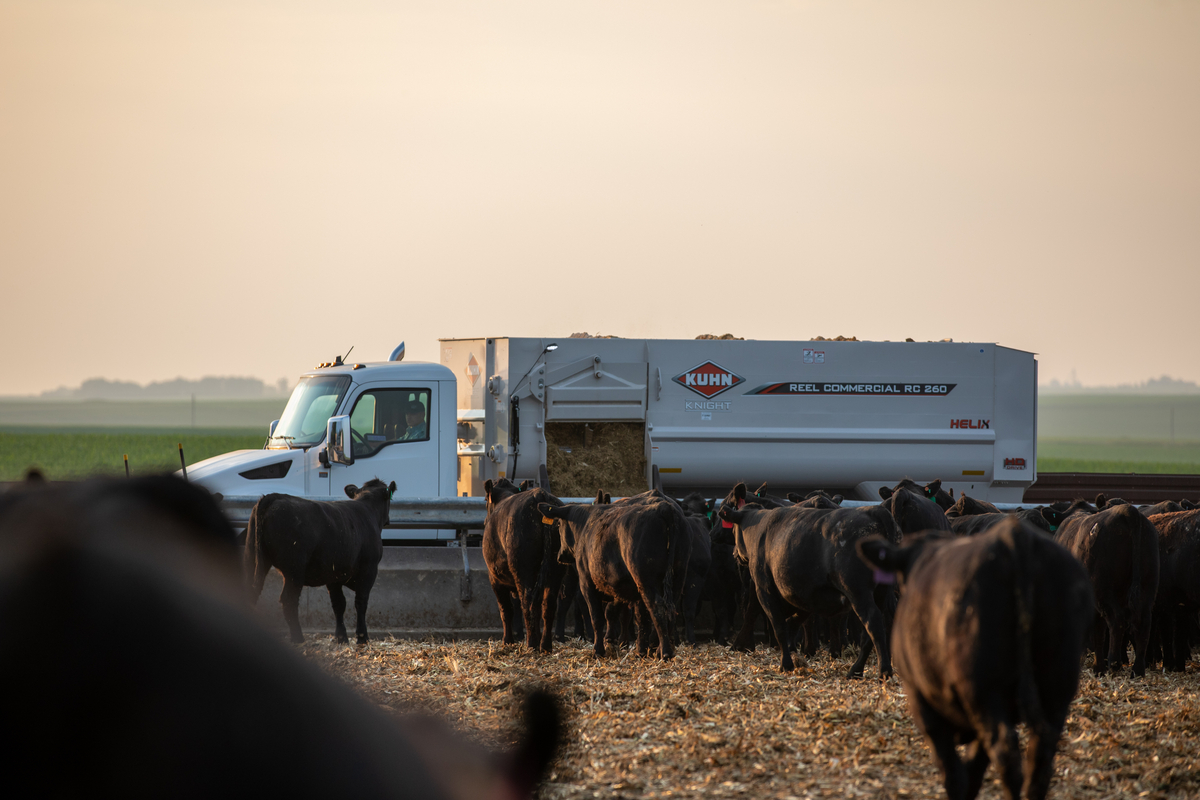
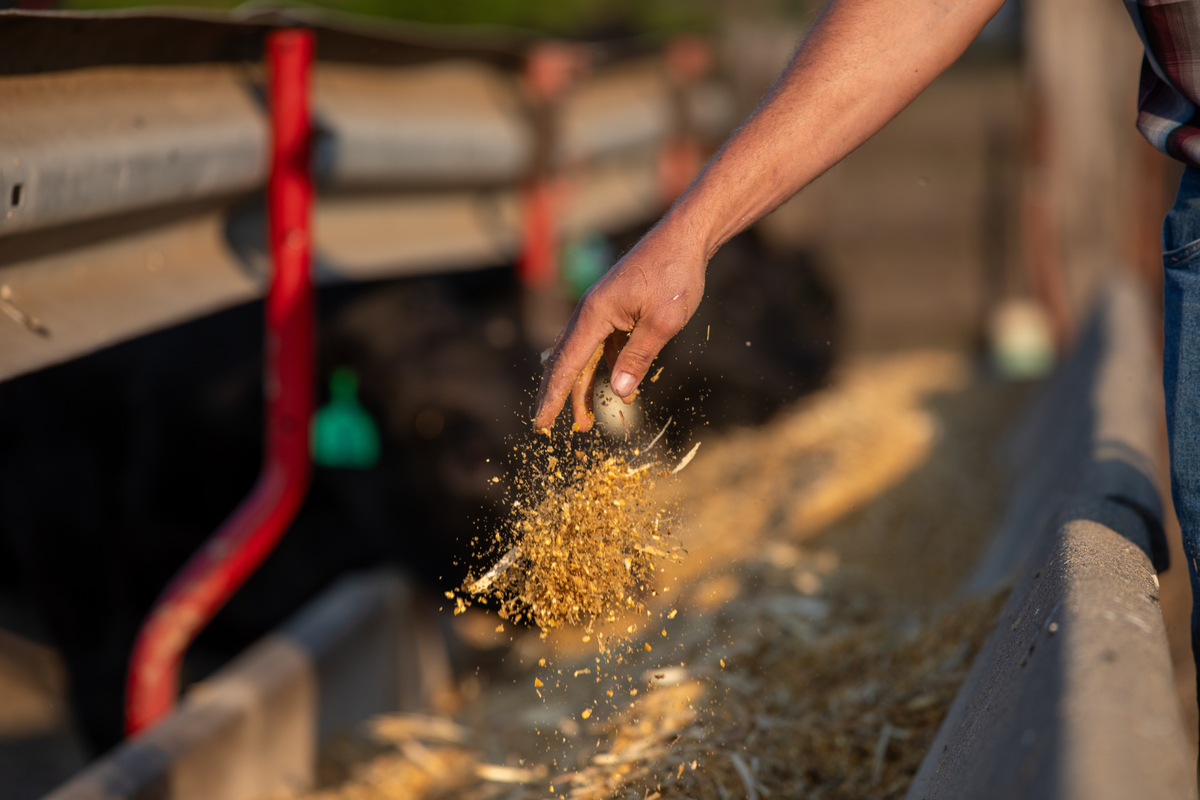
Data, Cattle Return
Knowing the background and genetics in his pens has helped the cattle feed more efficiently while maintaining health – and the overall consistency that “return cattle” provide is huge. Of course, Dallas takes what he learns from carcass data back to the ranchers.
“It’s going to take us two and a half years to really find those details, and asking a producer to drastically change something may disrupt a lot of the things that he set up in 30 years,” says Dallas. “It’s just one of those challenges, but it’s had a great reward.”
Rather than push change, Dallas invites ranchers to see pens of cattle ready for harvest and opens conversations about genetics, vaccination protocols, and animal handling.
David Scott raises 250 commercial Angus calves each year in the rugged terrain of western South Dakota. He started selling directly to Dallas seven years ago, resulting in less stress for his family and the cattle, with a simple yet rewarding transaction. They make the trip to the feedyard before their pens head to Upper Iowa.
“I really appreciate his insight,” Scott says. “Sometimes what works for him doesn’t always work for us, so we focus on finding a really happy medium: a good, honest, moderate, efficient cow, yet not sacrificing too much in terms of end pounds, carcass weight and things like that.”
Shared progress strengthens the relationship and keeps the other coming back for more, year after year.
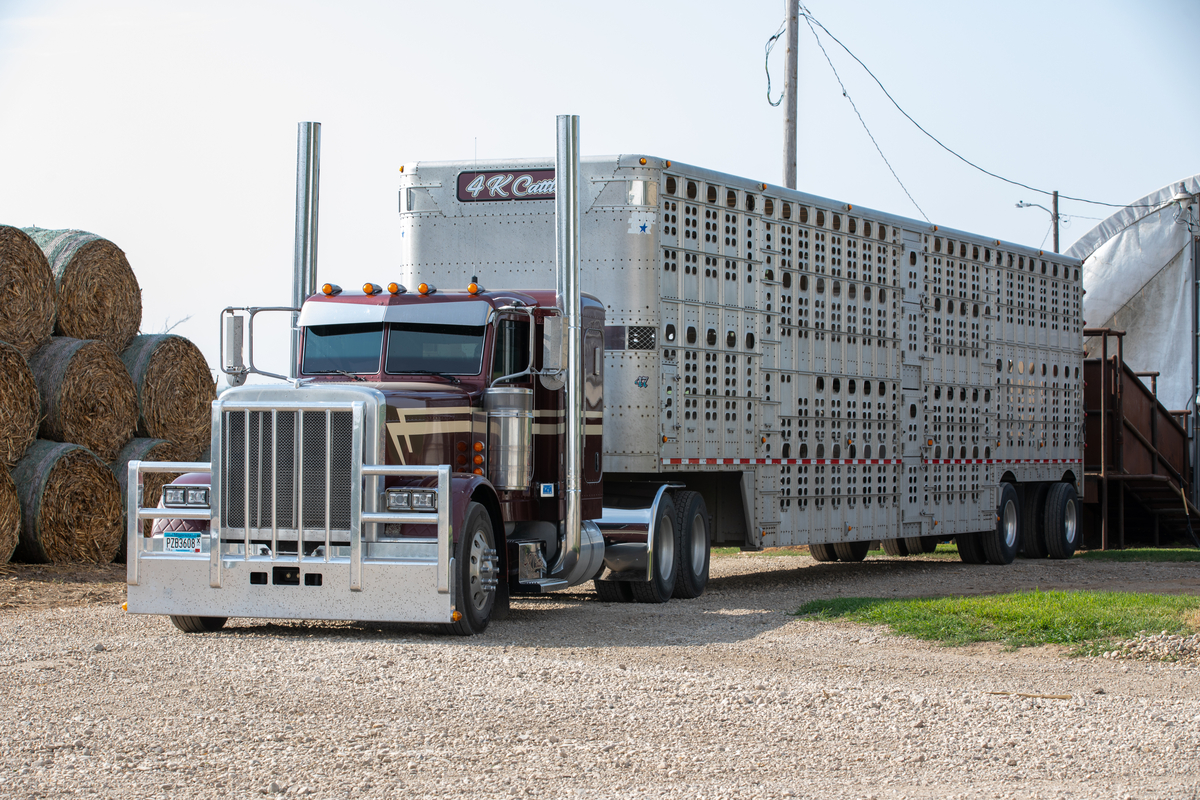
A Prime Target
The results of working directly with ranchers speak for themselves.
“Targeting Certified Angus Beef has opened many doors and different relationships,” says Tory. “We get more information on things we can change or tweak to better our premiums and cattle quality.”
4K Cattle markets one to three loads of fed cattle per week for 45 weeks of a year. Working with Upper Iowa Beef allows for timely data and open communication.
“It’s critical to our success,” says Dallas. “The communication tells us what’s working, what’s not, and how to get a premium to our cow-calf breeder.”
It all starts with genetics.
“Every breed has its challenges, but Angus cattle are required to make that grid work,” he says. “Feed efficiency, meat quality and hitting Prime grades—it’s critical.”
They delivered some 3,700 head to Upper Iowa in 2024, about 90 percent of them black-hided, all marketed on the grid, targeting Certified Angus Beef. Recent loads have graded over 60 percent Prime.
“Certified Angus Beef has become much more of a priority as we’ve moved into the last three to four years because we understand the consumer better,” says Dallas. Their size allows them to focus on the finer details that deliver quality and consistency.
Tory puts it simply: “We expect the same quality on our plates as we expect on theirs.”

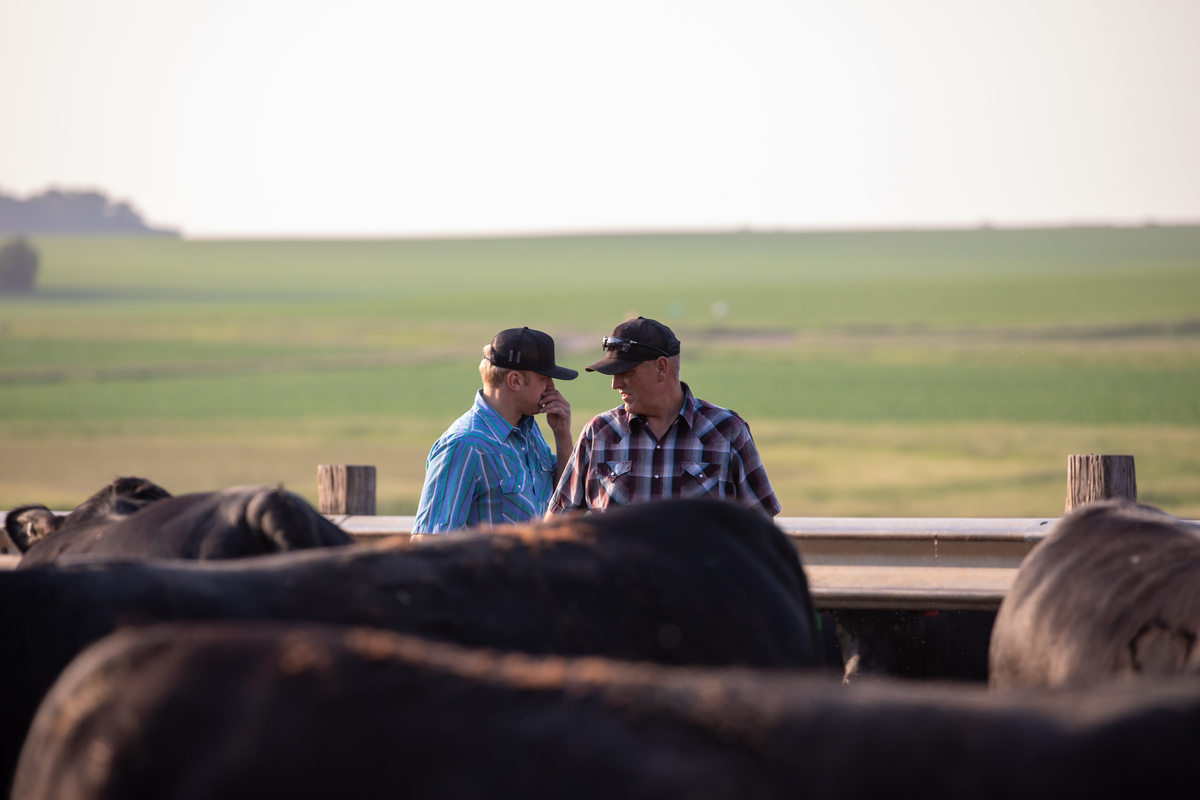
Detail Discipline
Dallas, Amy and Tory all work to build their database to better understand their true cost of gain. Always crunching the numbers, the family works as a team to stay consistent.
In every market, pounds pay. But discipline in the details can make them pay more. Even with marketing and cash flow spread out, Dallas says health maintenance is key to pocketing premiums.
“Every morning, we walk cattle,” he says. “It’s the highest-paying job on the farm right now.”
Consistency is paramount in herd health, record keeping, pen management, feed quality and timing. That’s why Beef Quality Assurance (BQA) is the basis for consumer confidence as well as cattle performance.
The Knoblochs demonstrate dedication with schedules geared mainly to suit cattle, leaving at 2:30 a.m. to haul calves home from the Dakotas because it means less stress.
Working alongside their veterinarian in Hills, Dallas helped his commercial cattlemen fine-tune vaccination protocols.
“When I visit in August for my ranch tour,” he says, “I actually give my ranchers the one vaccine I really want cattle to have before they get here. I don’t even charge them. It’s a 56-cent shot that saves me thousands of dollars a year.”
Tory adds, “My dad is particular about the details and the numbers because we chase quality.”
Since returning full-time two years ago, Tory’s helped move ahead on care and management. A new feed truck and semi-trailer truck improved feeding consistency and animal handling—with Tory in the driver’s seat.
As the Knoblochs continue to finesse their system, they keep proving excellence isn’t about scale – it’s about intention.
“It’s not just about the dollars and cents, it’s about the opportunity and for our kids to find an interest and have a few more open doors than we may have had,” says Amy.
With every load of cattle, every walk through a pen, and every conversation across the supply chain, they build a legacy rooted in quality.
The Knobloch family received their award in September at the 2025 Certified Angus Beef Annual Conference in Austin, Texas. This story was originally published in the October 2025 Angus Journal.
You May Also Like…
Legacy in the Golden Land
On a quiet stretch of Northern California rangeland, a different story unfolds. The Borror family’s legacy modestly speaks through the cattle they raise, the ground they steward. The generations who’ve made a life here demonstrate commitment to doing things right, even when no one is watching.
Helping Hands, Helping Herds
“When I die, I want to come back as one of your cows,” murmurs a friend to Steve Zybach. Full to the brim from an alfalfa ration every day, bountiful fields of lovegrass stretched out across the Texas Panhandle—and owners who leave no ounce of cattle care up for question. The Zybachs’ motivation for this level of dedication to their Angus cattle is simply love.
An Ambassador for All
Joanie, with daughter Lindsey and her husband, Adam Hall, raise registered Angus cattle with two primary goals: producing high-quality seedstock that perform well in a wide variety of environments and ensuring end-user satisfaction. Those goals tie everything together, from promoting Angus to other producers to sharing their story with CAB partners and beef consumers.
